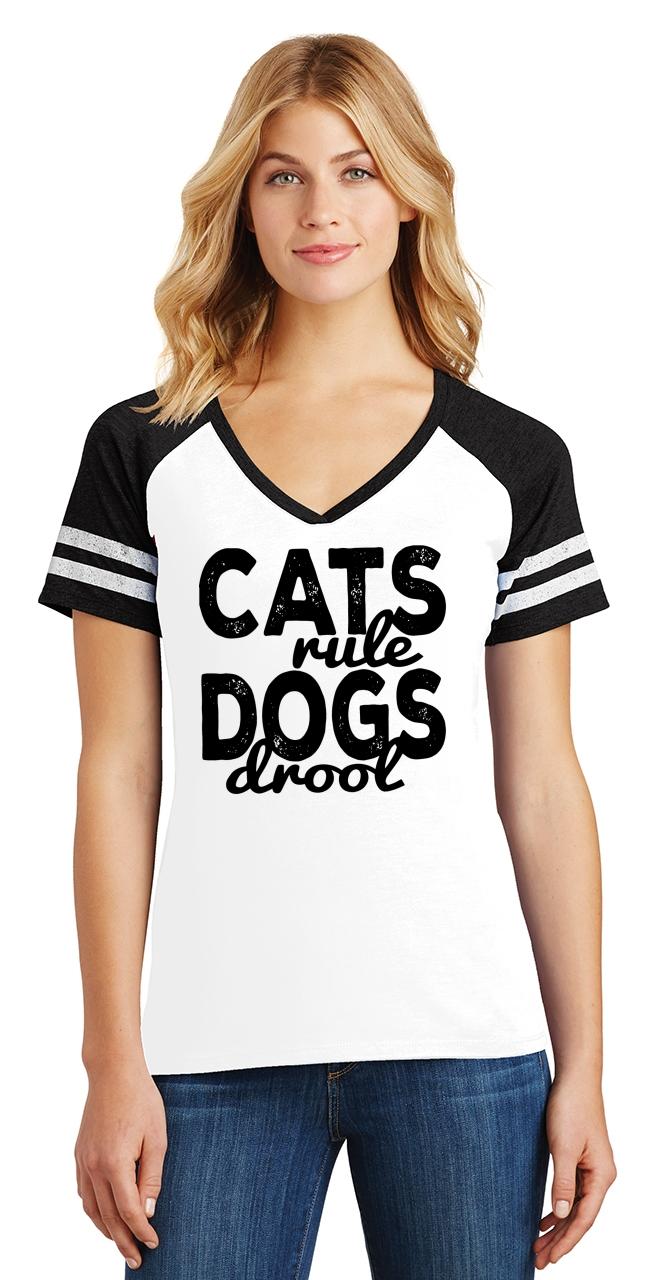
Sometimes the term "cat" is used incorrectly to describe various other punitive flogging devices with multiple tails in any number, even one made from 80 twigs (so rather a limp birch) to flog a drunk or other offender instead of 80 lashes normally applicable under shariah law. Variations exist, either named cat (of x tails) or not, such as the whip used on adult Egyptian prisoners which had a cord on a cudgel branching into seven tails, each with six knots, used only on adult men, with boys being subject to caning, until Egypt banned the use of the device in 2001. The first ninety centimetres (3 ft) were stiff and solid stuff, and the remaining sixty centimetres (2 ft) unraveled into hard twisted and knotted ends. The 19th-century British naval cat was made out of a piece of rope, thicker than a man's wrist (about 6 centimetres or 2 + 1⁄ 2 inches), 1.5 metres (5 ft) in length. To make a cat o' nine tails, a rope is unraveled into three small ropes, each of which is unraveled again. Thinner rope is made from three strands of yarn plaited together, and thicker rope from three strands of thinner rope plaited together. It traditionally has nine thongs as a result of the manner in which rope is plaited.
CAT EOF TEE SKIN
The cat is made up of nine knotted thongs of cotton cord, about 75 centimetres ( 2 + 1⁄ 2 ft) long, designed to lacerate the skin and cause intense pain. There are equivalent terms in many languages, usually strictly translating, and also some analogous terms referring to a similar instrument's number of tails (cord or leather), such as the Dutch zevenstaart (seven tail), negenstaart (nine tail), the Spanish gato de nueve colas or the Italian gatto a nove code. It was probably so-called in reference to its " claws", which inflict parallel wounds. The term came into wider circulation in 1695 after its mention by a character in William Congreve's play Love for Love, although the design is much older. The term first appears in 1681 in reports of a London murder. dollar bill is about 15 centimetres (6 in) long, so the total length would be about 75 centimetres ( 2 + 1⁄ 2 ft). A leather cat o' nine tails pictured with a U.S. Nineteenth-century cat o' nine tails, 97 centimetres ( 38 + 1⁄ 4 in) long, composed of nine lengths (approximately 46 centimetres or 18 inches) of tarred, braided hemp with ends lashed.

It originated as an implement for severe physical punishment, notably in the Royal Navy and British Army, and as a judicial punishment in Britain and some other countries.


The cat o' nine tails, commonly shortened to the cat, is a type of multi-tailed whip or flail.


 0 kommentar(er)
0 kommentar(er)
